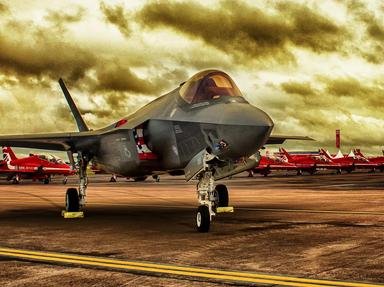Quiz Answer Key and Fun Facts
1. How many Victoria Crosses were won by members of the Regiment during the Battle of Balaklava in 1854?
2. Who referred to the Greys as "ces terribles chevaux gris!" (Those terrible grey horses)
3. Who captured the French Eagle at Waterloo?
4. Why was Christian Davies unusual for a trooper in the Regiment?
5. When were the Greys mechanised?
6. Why is Minden not a battle honour for the Regiment?
7. A black backing was added to the Regiment's cap-badge in memory of whom?
8. Traditionally, what colour were the Royal Scots Greys tunics?
9. Which of these men was never a member of the Royal Scots Greys?
10. When were the Greys amalgamated with the Carabiniers to form the Royal Scots Dragoon Guards (Carabiniers & Greys)?
Source: Author
se01dct
This quiz was reviewed by FunTrivia editor
bloomsby before going online.
Any errors found in FunTrivia content are routinely corrected through our feedback system.

